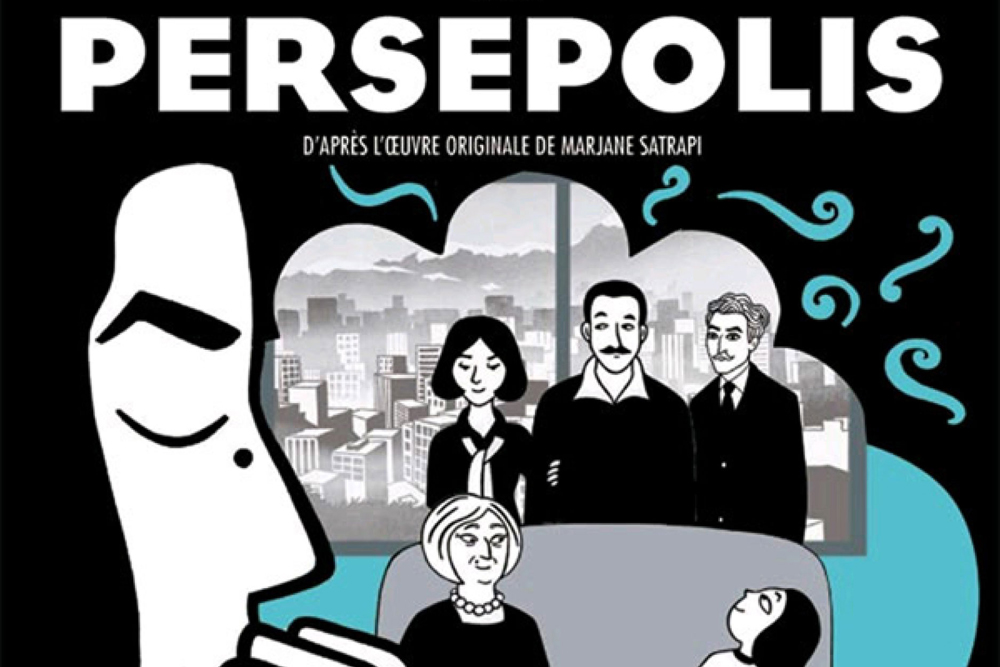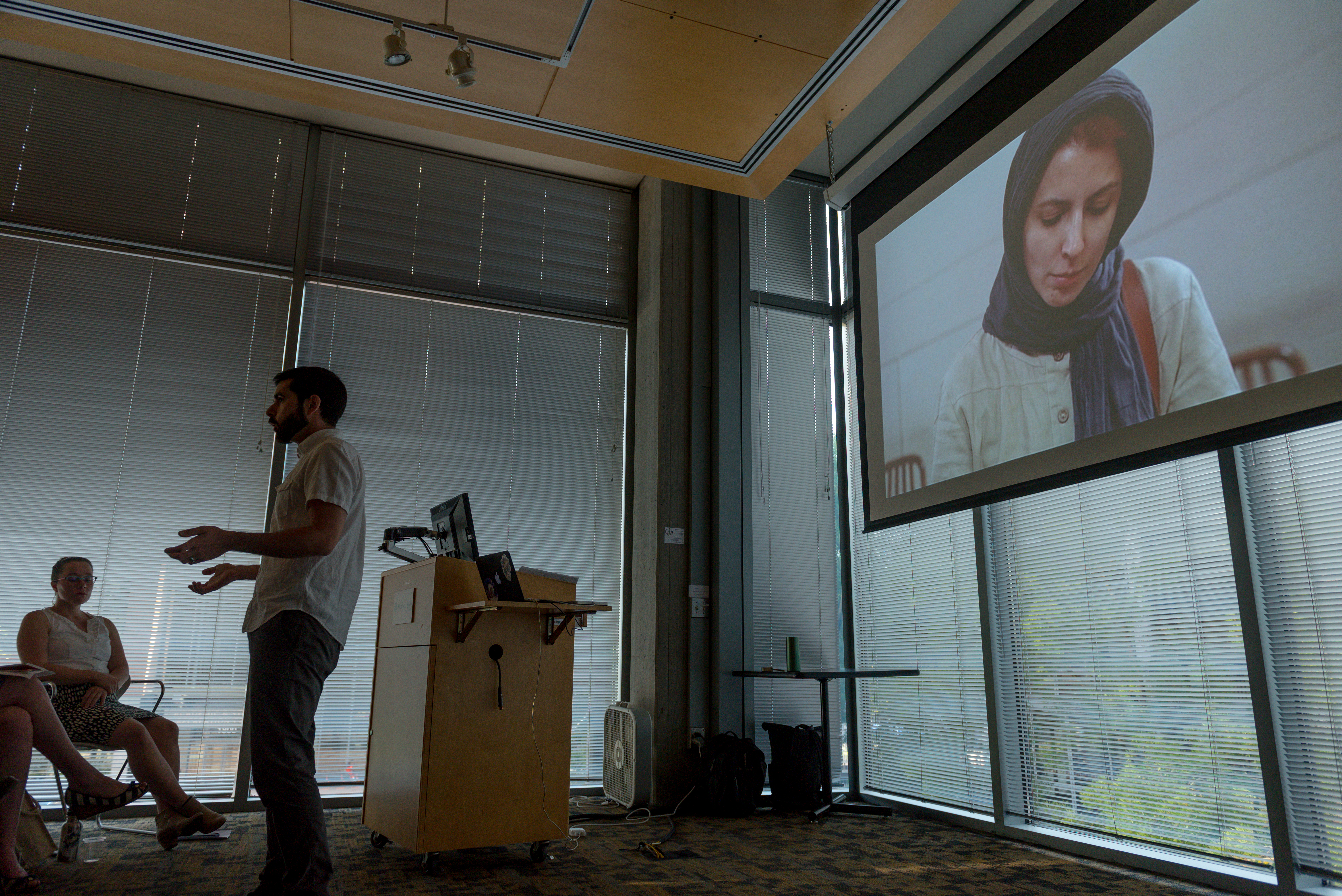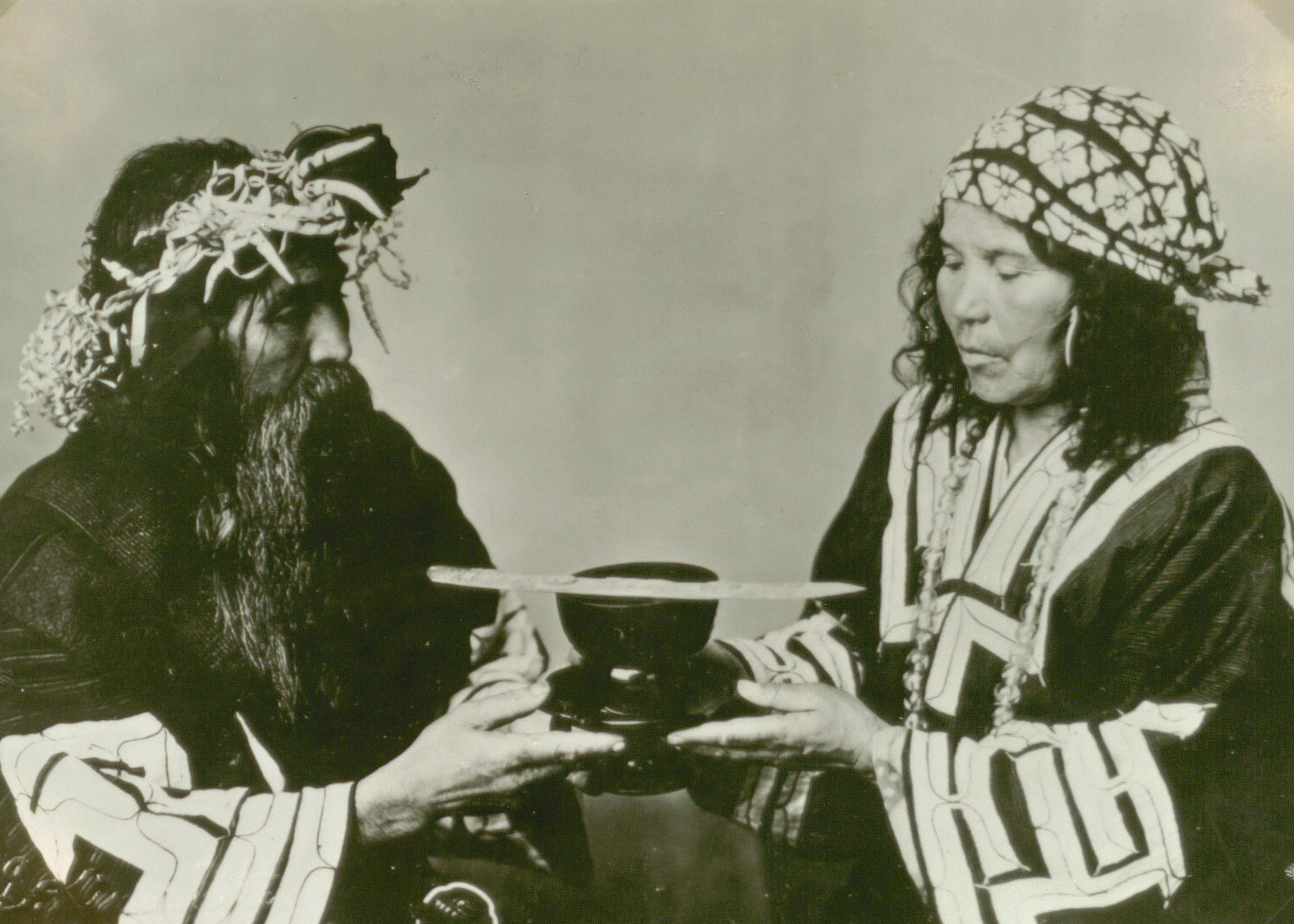This weekend, 5th Avenue Cinema screens two visually striking films dealing with the various struggles in the Middle East.
Marjane Satrapi’s Persepolis, based on her graphic novel of the same name, tells the autobiographical story of a young woman growing up in the politically volatile Iran of the 1980s. Satrapi’s art style adapts perfectly from her comics work to animation, resulting in a stark, black-and-white world with great fluidity and style.
Both the simple joys of growing up and the toll the Iran-Iraq war takes upon her community are painstakingly depicted, and the coming of age story contrasted with an environment completely hostile toward young women is impactful. Satrapi eventually makes it out of Iran, but her troubles—including a rebellious streak—continue to follow her as she attempts to create an identity for herself.
If Persepolis is ripped straight from the pages of its print predecessor and given animated life, Waltz With Bashir is more like someone animated the nightmares of a former soldier—horrific, half-remembered, with a sense of unease and doom hanging through all of them.
Similarly autobiographical—though far different in its story structure—the movie follows director Ari Folman, a man with amnesia, surrounding his time in the Israeli Defense Force as a teenager during the Lebanon War. The film is largely an animated documentary, as Folman interviews various figures ranging from fellow veterans to news anchors and psychologists. Through interviews with people present in Beirut during the war, Folman pieces together the experiences that led him to shut his memories out.
The documentary content is intercut with hellish and surreal visuals, using a unique mix of Flash animation and 3D rendering techniques. As Folman begins to remember and understand the small role he and his fellow soldiers played in the slaughter of innocents, the film asks us to consider the nature of memory and guilt and how they feed into each other.






